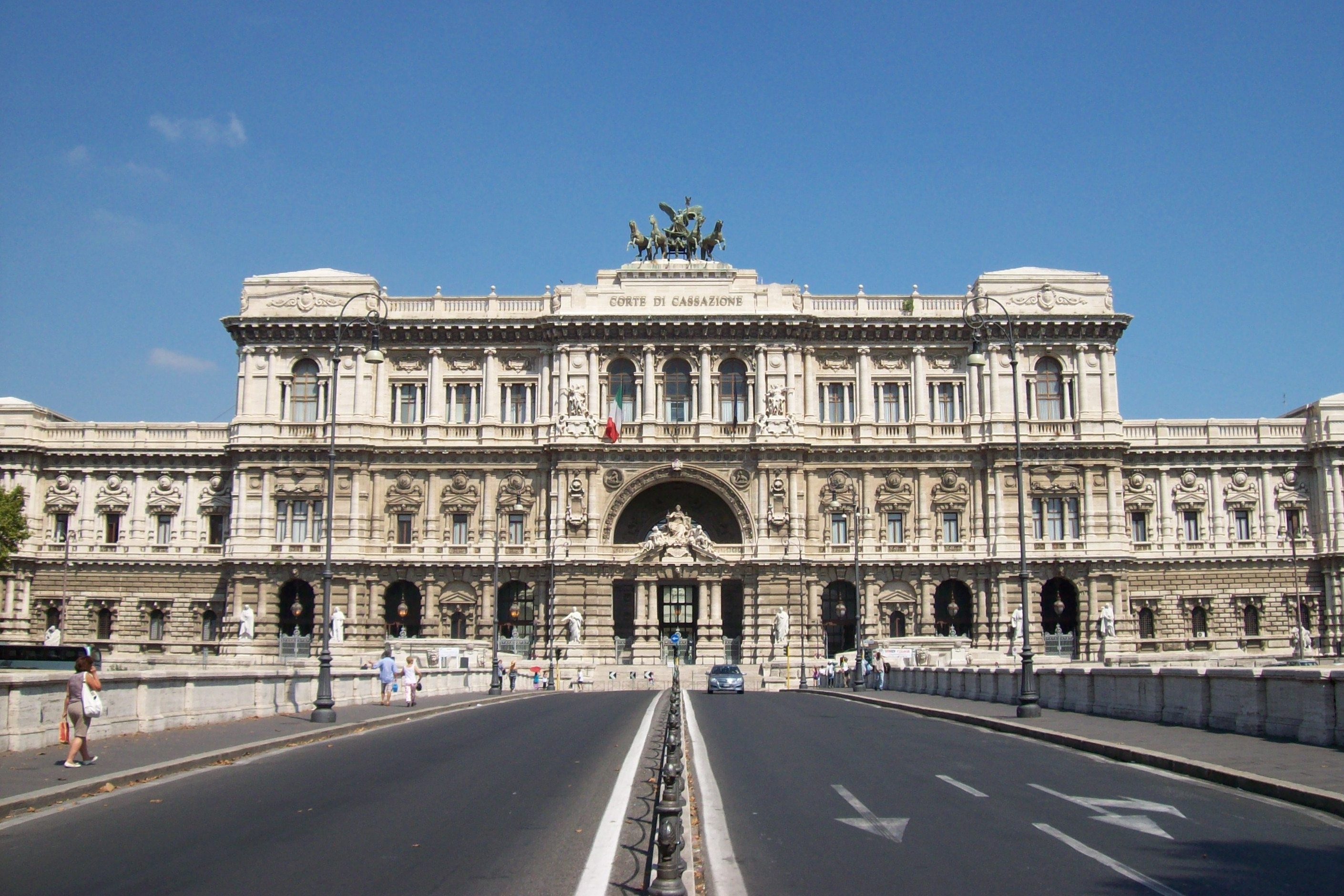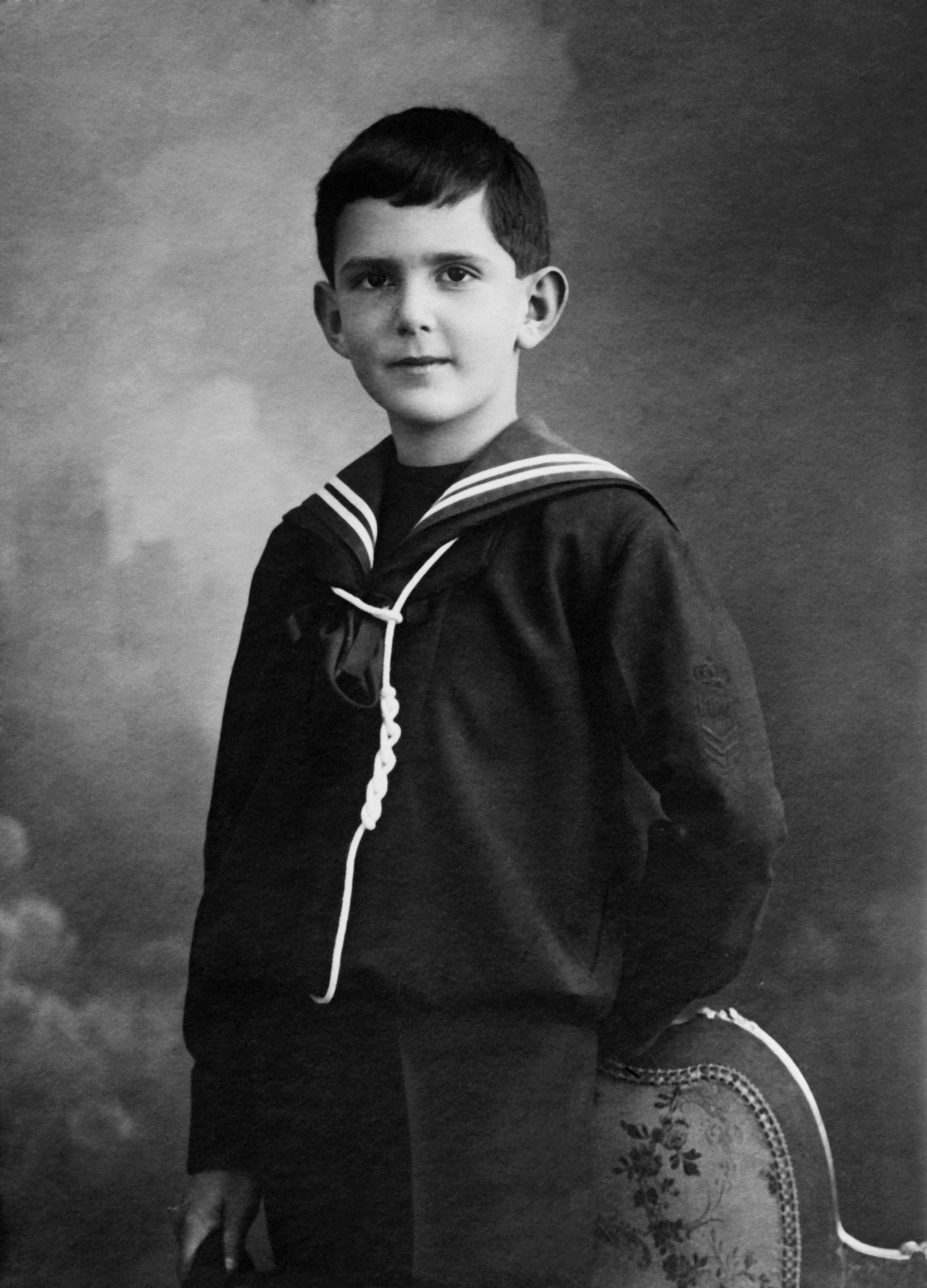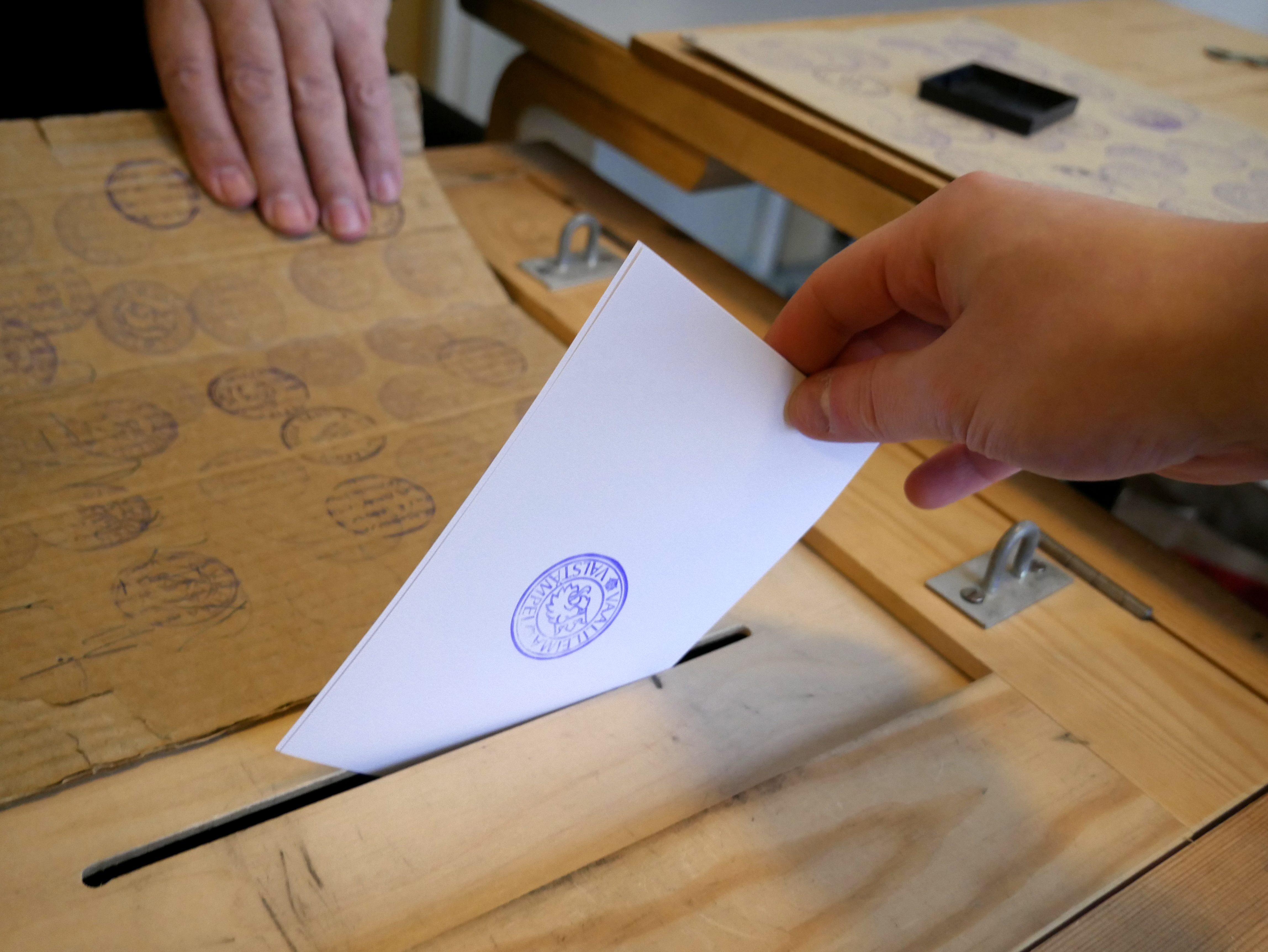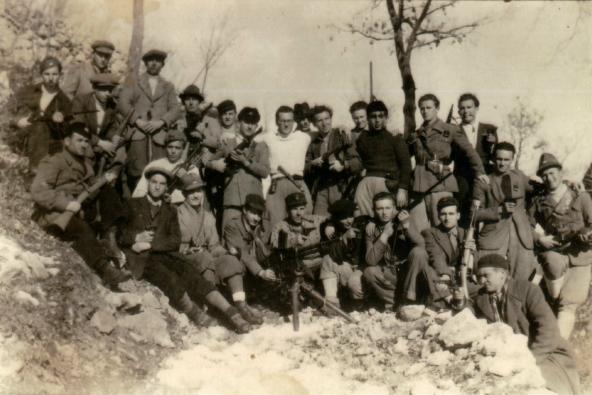|
Italian Constituent Assembly
The Italian Constituent Assembly (Italian: ''Assemblea Costituente della Repubblica Italiana'') was a parliamentary chamber which existed in Italy from 25 June 1946 until 31 January 1948. It was tasked with writing a constitution for the Italian Republic, which had replaced the Kingdom of Italy (1861–1946), Kingdom of Italy after the 1946 Italian institutional referendum. The assembly was formed by the representatives of all the anti-fascist forces that contributed to the defeat of Nazi and Fascist forces during the Italian Civil War. History On 2 June 1946 the first free election since 1924, was held in Italy. The vote was allowed to all over 21, females being allowed to vote for the first time. Voters received both a ballot for the choice between Republic or Monarchy, and one for the election of the deputies of the new Constituent Assembly; the latter would have the task to write a new constitutional chart, as established by a decree of 16 March 1946. The Italian constituti ... [...More Info...] [...Related Items...] OR: [Wikipedia] [Google] [Baidu] |
Giuseppe Saragat
Giuseppe Saragat (; 19 September 1898 – 11 June 1988) was an Italian politician who served as the president of Italy from 1964 to 1971. Early life Born to Sardinian parents, he was a member of the Unitary Socialist Party (Italy, 1922), Unitary Socialist Party (''Partito Socialista Unitario''; PSU) from 1922. He moved to Vienna in 1926 and to France in 1929. Political career Following the dissolution of the PSU in 1930, Saragat joined the Italian Socialist Party (''Partito Socialista Italiano''; PSI). He was a reformist democratic socialist who left the PSI in 1947 out of concern over its then-close alliance with the Italian Communist Party. He subsequently founded the Socialist Party of Italian Workers (''Partito Socialista dei Lavoratori Italiani''; PSLI), which in 1952 became the Italian Democratic Socialist Party (''Partito Socialista Democratico Italiano''; PSDI). He was to be the paramount leader of the PSDI for the rest of his life. [...More Info...] [...Related Items...] OR: [Wikipedia] [Google] [Baidu] |
Italy
Italy ( it, Italia ), officially the Italian Republic, ) or the Republic of Italy, is a country in Southern Europe. It is located in the middle of the Mediterranean Sea, and its territory largely coincides with the homonymous geographical region. Italy is also considered part of Western Europe, and shares land borders with France, Switzerland, Austria, Slovenia and the enclaved microstates of Vatican City and San Marino. It has a territorial exclave in Switzerland, Campione. Italy covers an area of , with a population of over 60 million. It is the third-most populous member state of the European Union, the sixth-most populous country in Europe, and the tenth-largest country in the continent by land area. Italy's capital and largest city is Rome. Italy was the native place of many civilizations such as the Italic peoples and the Etruscans, while due to its central geographic location in Southern Europe and the Mediterranean, the country has also historically been home ... [...More Info...] [...Related Items...] OR: [Wikipedia] [Google] [Baidu] |
Pula
Pula (; also known as Pola, it, Pola , hu, Pòla, Venetian language, Venetian; ''Pola''; Istriot language, Istriot: ''Puola'', Slovene language, Slovene: ''Pulj'') is the largest city in Istria County, Croatia, and the List of cities and towns in Croatia, seventh-largest city in the country, situated at the southern tip of the Istria, Istrian peninsula, with a population of 52,411 in 2021. It is known for its multitude of ancient Roman Empire, Roman buildings, the most famous of which is the Pula Arena, one of the best preserved Roman amphitheaters. The city has a long tradition of wine making, fishing, shipbuilding, and tourism. It was the administrative centre of Istria from ancient Rome, ancient Roman times until superseded by Pazin in 1991. History Pre-history Evidence of the presence of ''Homo erectus'' one million years ago has been found in the cave of Šandalja near Pula. Pottery from the Neolithic period (6000–2000 BC), indicating Colonization, human settlement, h ... [...More Info...] [...Related Items...] OR: [Wikipedia] [Google] [Baidu] |
Province Of Gorizia
The Province of Gorizia ( it, Provincia di Gorizia, fur, Provincie di Gurize; sl, Goriška pokrajina) was a province in the autonomous Friuli–Venezia Giulia region of Italy, which was disbanded on 30 September 2017. Overview Its capital was the city of Gorizia. It belonged to the Province of Udine between 1924 and 1927 and the communes of Sonzia, Plezzo, Bergogna, Caporetto, Tolmino, Circhina, Santa Lucia d'Isonzo, Gracova Serravalle, Canale d'Isonzo, Cal di Canale, Idria, Montenero d'Idria, Castel Dobra, Salona d'Isonzo, Gargaro, Chiapovano, Aidussina, Santa Croce di Aidùssina, Cernizza Goriziana, Tarnova della Selva, Sambasso, Merna, Ranziano, Montespino, Opacchiasella, Temenizza, Rifembergo, Comeno, San Daniele del Carso, Zolla, Vipacco, San Martino di Quisca and San Vito di Vipacco; and the eastern part of Gorizia, were part of this province between 1918 and 1924, and from 1927 to 1947. These communes are now part of Slovenia. It had an area ... [...More Info...] [...Related Items...] OR: [Wikipedia] [Google] [Baidu] |
Province Of Trieste
The Province of Trieste ( it, Provincia di Trieste, sl, Tržaška pokrajina; fur, provinzia di Triest) was a Provinces of Italy, province in the autonomous Friuli-Venezia Giulia region of Italy. Its capital was the city of Trieste. It had an area of and it had a total population of 234,668 (as of June 2016). It had a coastal length of . There were 6 commune (administrative division), communes in the province. History Early history After the dissolution of the Western Roman Empire, the area of the province of Trieste was ruled by the Ostrogoths, Eastern Romans (Byzantines), Lombards and by the Franks. With the advent of the Habsburgs (13th century) the territory was divided between the lords of Duino, Trieste, San Dorligo della Valle and Muggia. During the reign of Maria Theresa of Austria and, subsequently, Joseph II, Holy Roman Emperor, Joseph II, the maritime trades were increased with institution of the free port. In 1809, the area was ceded to France after the defeat of A ... [...More Info...] [...Related Items...] OR: [Wikipedia] [Google] [Baidu] |
South Tyrol
it, Provincia Autonoma di Bolzano – Alto Adige lld, Provinzia Autonoma de Balsan/Bulsan – Südtirol , settlement_type = Autonomous province , image_skyline = , image_alt = , image_caption = , image_flag = Flag_of_South_Tyrol.svg , flag_alt = , image_shield = Suedtirol CoA.svg , shield_size = x100px , shield_alt = Coat of arms of Tyrol , anthem = , image_map = Bolzano in Italy.svg , map_alt = , map_caption = Map highlighting the location of the province of South Tyrol in Italy (in red) , coordinates = , coordinates_footnotes = , subdivision_type = Country , subdivision_name = Italy , subdivision_type1 = R ... [...More Info...] [...Related Items...] OR: [Wikipedia] [Google] [Baidu] |
Corte Di Cassazione
The Supreme Court of Cassation ( it, Corte Suprema di Cassazione) is the highest court of appeal or court of last resort in Italy. It has its seat in the Palace of Justice, Rome. The Court of Cassation also ensures the correct application of law in the inferior and appeal courts and resolves disputes as to which lower court (penal, civil, administrative, military) has jurisdiction to hear a given case. Procedure The Italian Supreme Court of Cassation is the highest court of Italy. Appeals to the Court of Cassation generally come from the Appellate Court, the second instance courts, but defendants or prosecutors may also appeal directly from trial courts, first instance courts. The Supreme Court can reject, or confirm, a sentence from a lower court. If it rejects the sentence, it can order the lower court to amend the trial and sentencing, or it can annul the previous sentence altogether. A sentence confirmed by the Supreme Court of Cassation is final and definitive, and cann ... [...More Info...] [...Related Items...] OR: [Wikipedia] [Google] [Baidu] |
Umberto II Of Italy
en, Albert Nicholas Thomas John Maria of Savoy , house = Savoy , father = Victor Emmanuel III of Italy , mother = Princess Elena of Montenegro , birth_date = , birth_place = Racconigi, Piedmont, Kingdom of Italy , death_date = , death_place = Geneva, Switzerland , burial_place = Hautecombe Abbey, France , religion = Roman Catholicism , signature = UmbertoII.signature.png , signature_alt = Umberto II of Italy signature Umberto II, full name Umberto Nicola Tommaso Giovanni Maria di Savoia (15 September 190418 March 1983), was the last King of Italy. He reigned for 34 days, from 9 May 1946 to 12 June 1946, although he had been ''de facto'' head of state since 1944 and was nicknamed the May King ( it, Re di Maggio). Umberto was the only son among the five children of King Victor Emmanuel III and Queen Elena. In an effort to repair the monarchy's image after the fall of Benito Mussolini's regime, Victor Emmanuel transferred his powers to ... [...More Info...] [...Related Items...] OR: [Wikipedia] [Google] [Baidu] |
Italian Constitutional Referendum, 1946
An institutional referendum ( it, referendum istituzionale, or ) was held in Italy on 2 June 1946,Dieter Nohlen & Philip Stöver (2010) ''Elections in Europe: A data handbook'', p1047 a key event of Italian contemporary history. Until 1946, Italy had been a kingdom ruled by the House of Savoy, reigning royal house of Italy since the national unification in 1861 and previously rulers of the Duchy of Savoy. However, in 1922 the rise of Benito Mussolini and the creation of the fascist regime, which eventually resulted in engaging Italy in World War II alongside Nazi Germany, considerably weakened the role of the monarchy. Following the civil war and the Liberation of Italy from Axis troops in 1945, a popular referendum on the institutional form of the state was called and resulted in voters choosing the replacement of the monarchy with a republic. A Constituent Assembly was elected on the same day. As with the simultaneous Constituent Assembly elections, the referendum was n ... [...More Info...] [...Related Items...] OR: [Wikipedia] [Google] [Baidu] |
Ballot
A ballot is a device used to cast votes in an election and may be found as a piece of paper or a small ball used in secret voting. It was originally a small ball (see blackballing) used to record decisions made by voters in Italy around the 16th century. Each voter uses one ballot, and ballots are not shared. In the simplest elections, a ballot may be a simple scrap of paper on which each voter writes in the name of a candidate, but governmental elections use pre-printed ballots to protect the secrecy of the votes. The voter casts their ballot in a box at a polling station. In British English, this is usually called a "ballot paper". The word ''ballot'' is used for an election process within an organization (such as a trade union "holding a ballot" of its members). Etymology The word ballot comes from Italian ''ballotta'', meaning a "small ball used in voting" or a "secret vote taken by ballots" in Venice, Italy. History In ancient Greece, citizens used pieces of broken pot ... [...More Info...] [...Related Items...] OR: [Wikipedia] [Google] [Baidu] |
Italian Civil War
The Italian Civil War (Italian language, Italian: ''Guerra civile italiana'', ) was a civil war in the Kingdom of Italy fought during World War II by Italian Fascists against the Italian resistance movement, Italian partisans (mostly politically organized in the National Liberation Committee) and, to a lesser extent, the Italian Co-Belligerent Army. Many of the Italian Fascists were soldiers or supporters of the Italian Social Republic, a Wartime collaborationism, collaborationist puppet state created under the direction of Nazi Germany during its occupation of Italy. The Italian Civil War lasted from around 8 September 1943 (the date of the Armistice of Cassibile) to 2 May 1945 (date of the Surrender of Caserta). The Italian partisans and the Italian Co-Belligerent Army of the Kingdom of Italy, sometimes materially supported by the Allies of World War II, Allies, simultaneously fought against the occupying Nazi German armed forces. Armed clashes between the Fascist National Republ ... [...More Info...] [...Related Items...] OR: [Wikipedia] [Google] [Baidu] |
Anti-fascist
Anti-fascism is a political movement in opposition to fascist ideologies, groups and individuals. Beginning in European countries in the 1920s, it was at its most significant shortly before and during World War II, where the Axis powers were opposed by many countries forming the Allies of World War II and dozens of resistance movements worldwide. Anti-fascism has been an element of movements across the political spectrum and holding many different political positions such as anarchism, communism, pacifism, republicanism, social democracy, socialism and syndicalism as well as centrist, conservative, liberal and nationalist viewpoints. Fascism, a far-right ultra-nationalistic ideology best known for its use by the Italian Fascists and the Nazis, became prominent beginning in the 1910s while organization against fascism began around 1920. Fascism became the state ideology of Italy in 1922 and of Germany in 1933, spurring a large increase in anti-fascist action, including German ... [...More Info...] [...Related Items...] OR: [Wikipedia] [Google] [Baidu] |








